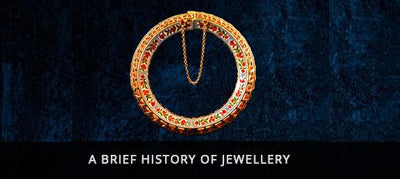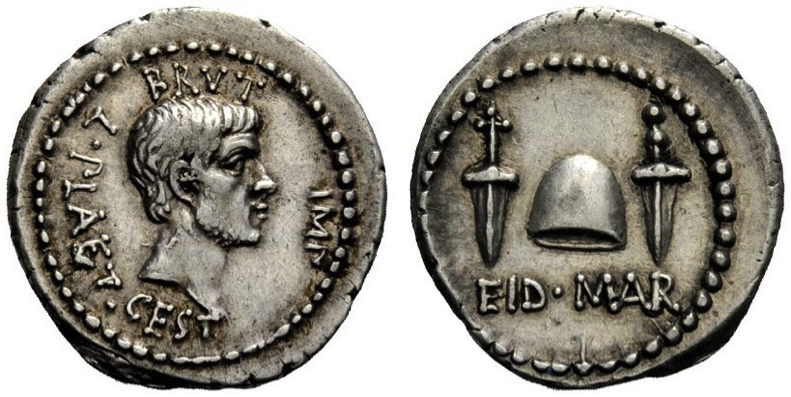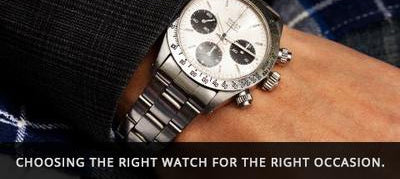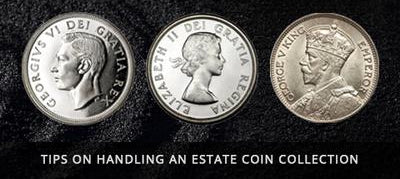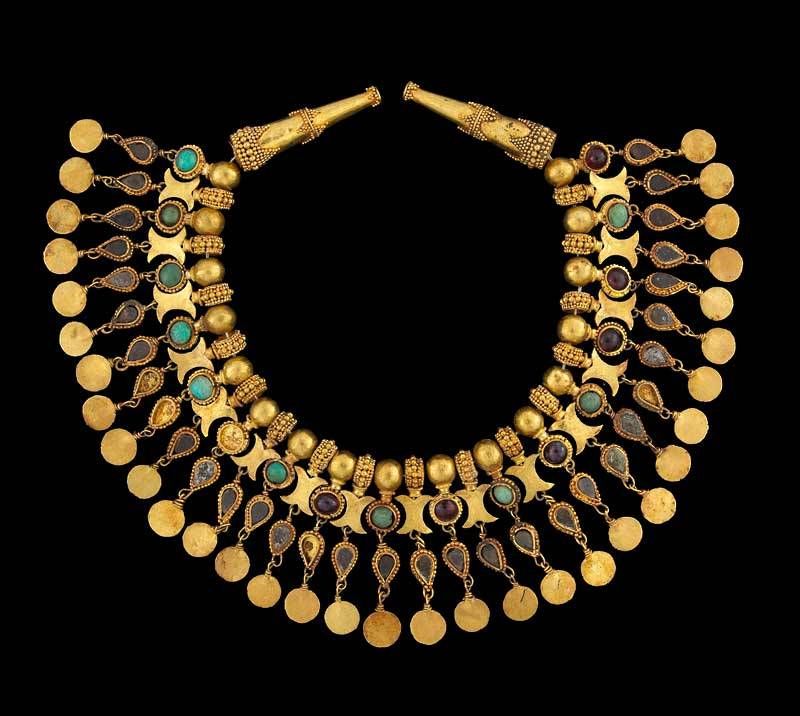As a people, our allure with jewellery is ancestral and dates back tens of thousands of years to some of the earliest traces of human existence. Early Prehistoric jewellery was made from items such as stones, claws, bones, and shells- researchers believe it was generally worn to ward off evil spirits and likely also as a symbol of social status. Astonishing as it may seem, this trend carries straight through to the present day, where jewellery is not only worn as an embellishment but often as a social symbol or for its perceived healing properties (for example engagement rings or chi jewelry). Across different cultures and timelines, countless different types, shapes, materials, and forms can be found- and within these unique styles, many surprising commonalities.

Figure 1: These white-tailed eagle talons were found at a Neanderthal site in present-day Croatia and date to approx. 130,000 years ago. Archaeologists theorize that they may be part of a necklace or bracelet, which would represent some of the earliest known jewellery.[1]
Although the earliest jewellery was often made from organic materials, copper jewellery appeared around 5,000 BCE and gold was not far behind. The earliest confirmed gold jewellery is a small pendant found in modern-day Bulgaria, thought to be 6,600 years old. As technology advanced in the ancient world, craftspeople were able to manipulate gold in more and more elaborate ways. Across Europe, the Middle East, Asia, and South America, gold developed a spiritual status. As a testament to this, many of the prized possessions in museums come from tombs as talismans intended to protect their owners in the afterlife.

Figure 2: This small 24k gold pendant, weighing in at only 2 grams, is one of the oldest pieces of gold jewellery ever discovered.[2]
From Egypt to Mesopotamia, Greece to Rome, Western Europe to the Middle East, and Asia to the Americas, different cultures each applied their own unique styles, beliefs, and materials at hand to the jewellery they produced. In many cases, craftspeople adopted designs using foreign influences, particularly when conquering new territory and vice versa. The Greeks, for example, took much of their designs from outer origins such as Asia, when Alexander the Great conquered part of it.

Figure 3:This delicate chaplet of gold leaves separated by lapis lazuli and carnelian beads was found during excavations of the ancient city of Ur in Mesopotamia. Since gold, silver, lapis, and carnelian are not found in Mesopotamia, the presence of adornments such as this attest to a strong and complex trade system.[3]
Along with technology, cultural, social and political change played a role how jewellery was designed, manufactured, and intended. As different cultures came and went, jewellery-making techniques were adapted, developed, and even lost for periods of time. Such was the case for sophisticated casting techniques- a technology which disappeared for a period after the Bronze Age.

Figure 4: This gold adornment depicting a stag dates from the 6th-5thcenturies BCE and was discovered in modern-day China. Animals have been a continuous source of inspiration from the earliest jewellery right up to the modern era.[4]
Much of the Dark Age and Medieval European jewellery which survives to this day takes the form of religious themes. This is a testament to the prevailing force of religion, in this case Christianity, which would have dominated everyday life. In China, the spread of Buddhism was instrumental in the development of jewellery and production techniques.

Figure 5: This Byzantine-era gold cross dates from 600-700 AD and features a garnet centrepiece. Although this gold piece would have been owned by someone of high social standing, religion would have been important to every member of Byzantine society.[5]
As the Dark Ages and Medieval-era gave way to the Renaissance in Europe, more secular themes began to develop. The transitional period between the Late Medieval-era and Renaissance showcases some particularly fascinating pieces, where clasped hands became a popular theme for wedding or betrothal jewellery.

Figure 6: This Medieval brooch, discovered by a metal detectorist in Cheshire, UK in 2012, is believed to have been made between 1350 and 1450 AD. It is thought to be a betrothal gift, as the clasped hands appear to represent one male and one female.[6]
As the Renaissance took hold of Western Europe, it had a profound development on jewellery. Increasing exploration and international trade led to an increased availability of a wide variety of gemstones, in addition to exposure to the art of other cultures. One example of this is the Cheapside Hoard, a 17thCentury hoard of jewellery whichcontained Colombian emeraldand topaz, amazonite from Brazil, spinel, iolite, and chrysoberyl from Sri Lanka, ruby from India, Afghan lapis lazuli, Persian turquoise, Red Sea peridot, as well as Bohemian and Hungarian opal, garnet, and amethyst. The global economy was truly developing at this time, and the extremely wealthy could show off their lavish tastes by wearing jewels brought from the far corners of the world.

Figure 7: A Renaissance-era French pendant depicting Prudence, dating to around 1550. One of the four cardinal virtues, Prudence gazes into a mirror while holding a snake, symbolizing her self-knowledge and her wisdom.[7]
The rise of Romanticism in the late 1700s brought about a massive surge in interest of the Ancient and Medieval jewellery being discovered through the development of modern Archaeology. Changing social conditions of the Industrial Revolution also meant that the growing Middle Class could not only read about jewellery, but could also afford to buy it. “Costume jewellery” began to develop throughout this period, as cheaper alloys and manufacturing processes made designs affordable to the masses. However, the upper classes sought to make sure that what they wore distinguished themselves above the rest of society, and as a result the market for fine jewellery remained as strong as ever.

Figure 8: This Victorian diamond and enamel snake bangle bracelet dates from the Romantic Period (1837-1860) and is typical of the high-quality jewellery available to the top echelons of society.[8]
The 20thCentury introduced some of the most beautiful and technically challenging jewellery yet seen, and movements such as Art Nouveau and Art Deco pushed the boundaries not only of what was possible but also of what was considered beautiful. Art Nouveau was characterized by organic forms and flowing lines, and was popular between 1890 and 1918, when the end of the First World War marked a transition to the more simple lines of Art Deco.

Figure 9: This intricate Art Nouveau brooch was designed by Philippe Wolfers in 1902 and is quintessential to the style. Art Nouveau jewelry is known for bright enamelwork and flowing lines, concepts which pushed the envelope of what was technically possible.[9]
Since the 1960s, the boundaries of jewellery have been continually redefined. Independent jewellers, often educated at art colleges and immersed in avant garde ideas, continue to challenge conventions.
At the same time, new technologies and non-precious materials including plastics, paper and textiles, have made us rethink how we define jewellery. It was in this era that costume jewellery exploded in popularity, and although it didn’t hold value like traditional precious metals, it was a marked statement at the time.

Figure 10: This brooch was designed in 1975 by Malcolm Appleby and made by Roger Doyle in England. It is somewhat reminiscent of the Art Nouveau style, but with the opalescent colours so popular in the 1970s.[10]
The modern wearer is extremely lucky to have such a wide array of jewellery, new and old, to choose from; there is truly a technique, style, and composition to suit each unique interest. Increasingly, buyers are turning their interest to second-hand and antique jewelry as it presents a strong balance of quality, style, and price. In days past only the extremely wealthy could afford intricately designed pieces, but in today’s world of high tech automated manufacturing, jewellery is becoming more affordable to the masses. This brings with it limitless possibilities, but also a responsibility on the part of the buyer to do their research, to buy from knowledgeable dealers, and to request high quality pieces.

Figure 11: For the discerning buyer, high end second-hand watches are proving to be a worthy investment. In the last 60 years, men’s watches have been increasingly considered “jewellery”.[11]
As demand grows, the value of fine jewellery continues to rise, making it not only a statement but also a worthy investment. We are quite likely more jewellery-conscious today than at any other point in history, due not only to the wide array of pieces available but also our knowledge of their history. In the modern age, even those of modest means can afford to adorn themselves with jewellery, while those with a higher budget are capable of developing enviable collections and pushing trends. Whether you’re a first-time buyer or serious collector, working with a trustworthy and knowledgeable dealer is always the best way to ensure you get the most value for your money.

